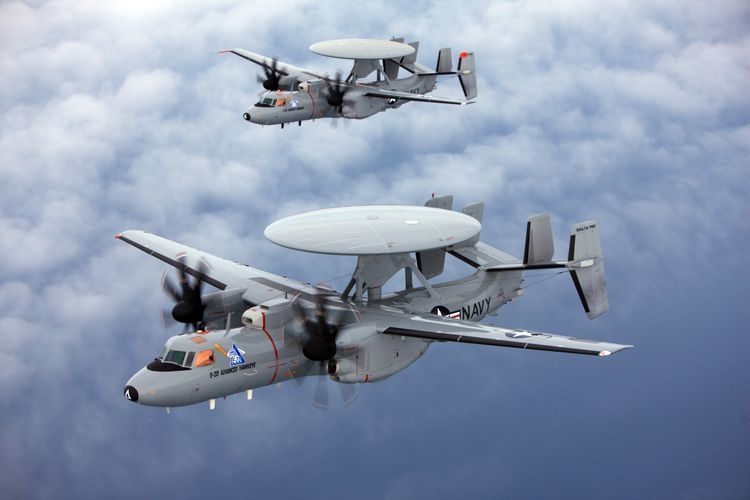
As the recent, attempted missile attack on a U.S. Navy vessel in the Gulf of Aden has demonstrated, defense of ships at sea and the personnel who serve them, is an unceasing concern and one that has led to constant work toward developing and deploying critical defense technology where it is needed most.
One of these efforts, Cooperative Engagement Capability, is a long-standing U.S. Navy program tasked with enhancing anti-air warfare (AAW) capabilities by improving the integration and distribution of data sensors from airborne, land, and sea-based assets. In practice, this means development and implementation of a multitude of hardware and software sets, allowing effective communications between sensors and fire control systems of radically varied origins and destinations.
Over the years, multiple contractors have been called upon to bring this work about. In September 2023, the U.S. Navy awarded L3 Technologies, $67.4 million for CEC systems spares, signal data processors, equipment repairs, engineering studies and analyses, and other forms of program support.
One month later, in October 2023, Raytheon, was awarded a $96.3 million contract for additional CEC support. Outside the U.S., and through the U.S. Foreign Military Sales program, this contract would also see work performed by international partners in Australia, Canada, and Japan.
As a program that is in perpetual development, CEC will receive steady RDT&E funding through the FY24 defense budget, with over $928 million expected to be allocated through 2028. In the coming years, RDT&E funding will increase and then decline as several new radars are integrated, new cryptographic schemes are implemented, and CEC Increment II is developed. For FY24, $5.7 million of this funding will go toward CEC networking, sensor, and tracker capability software improvements for the E-2D Advanced Hawkeye airborne early warning (AEW) aircraft.
This past year, $9.5 million was spent on the Crypto Modernization RDT&E effort to continue the cryptographic modernization effort for the Signal Data Processor (SDP), and to continue development of a new Programmable Cryptographic Module (PCM), in support of the significant increase in cryptographic performance that is required to enable more resilient networks and add additional protections to the CEC network.
Due to the ever-changing nature of the U.S. Navy’s platforms, hardware, and software, funding for CEC and any potential follow-on programs is expected to be steady and significant for many years to come. The program will also receive procurement funding as hardware and software developments derived from RDT&E efforts are integrated. Through 2028, over $166 million in procurement funding is allocated in the defense budget.
Andrew Dardine is lead analyst for Forecast International's Defense Electronic Systems group. He is the primary author of Forecast International's Electronic Warfare Forecast and co-author of Electro-Optical Systems Forecast and C4I Forecast. Andrew is also a regular contributor to FI's Defense & Security Monitor blog, offering insights into developing technologies such as directed-energy and next-generation jamming systems. His analysis of such vital market areas as EO/IR systems and electronic countermeasures technology has been cited in Defense News, Aerospace Daily, and Bloomberg Businessweek, among other news media. He has also written about the electronic defense market for Aviation Week and the Journal of Electronic Defense.



